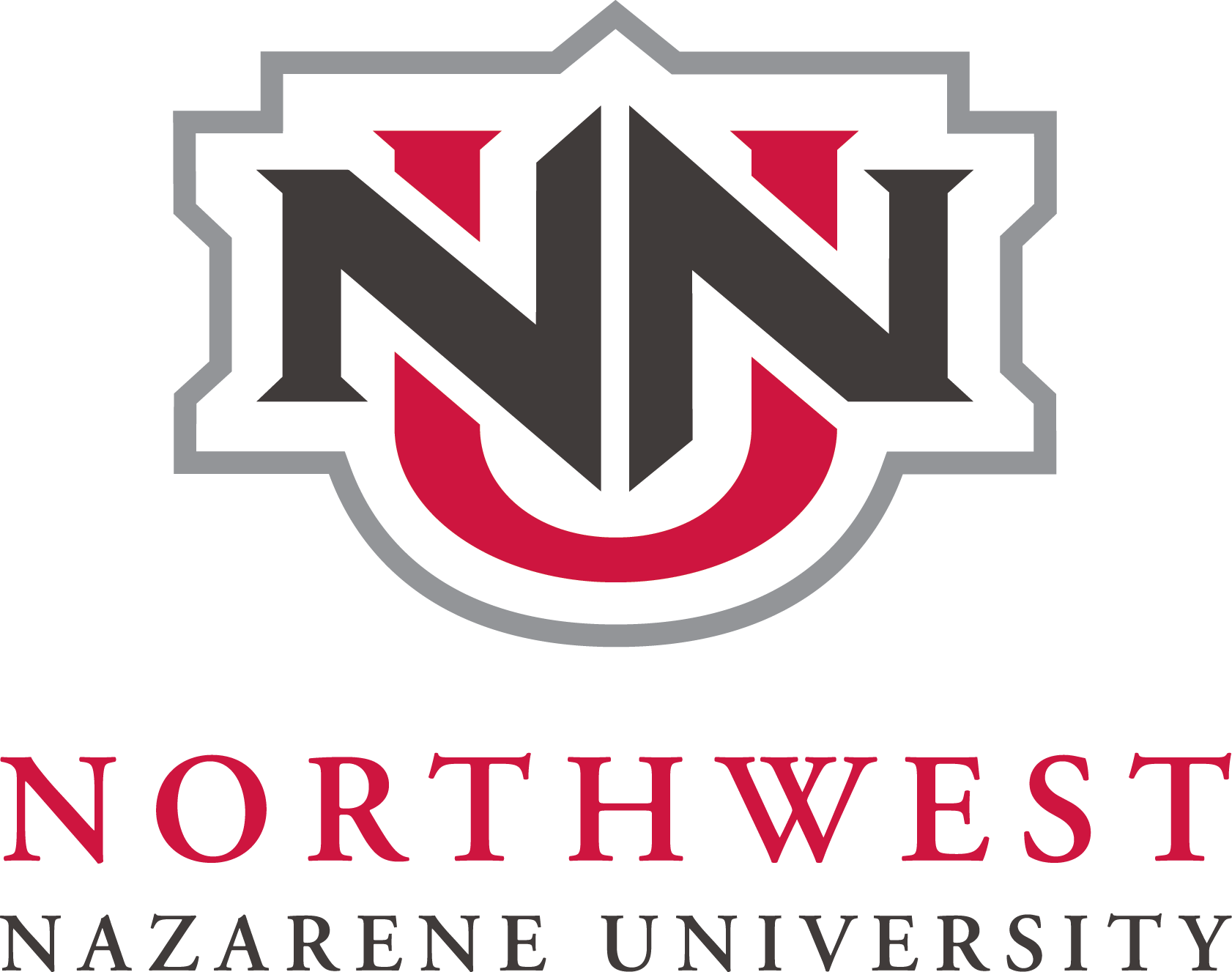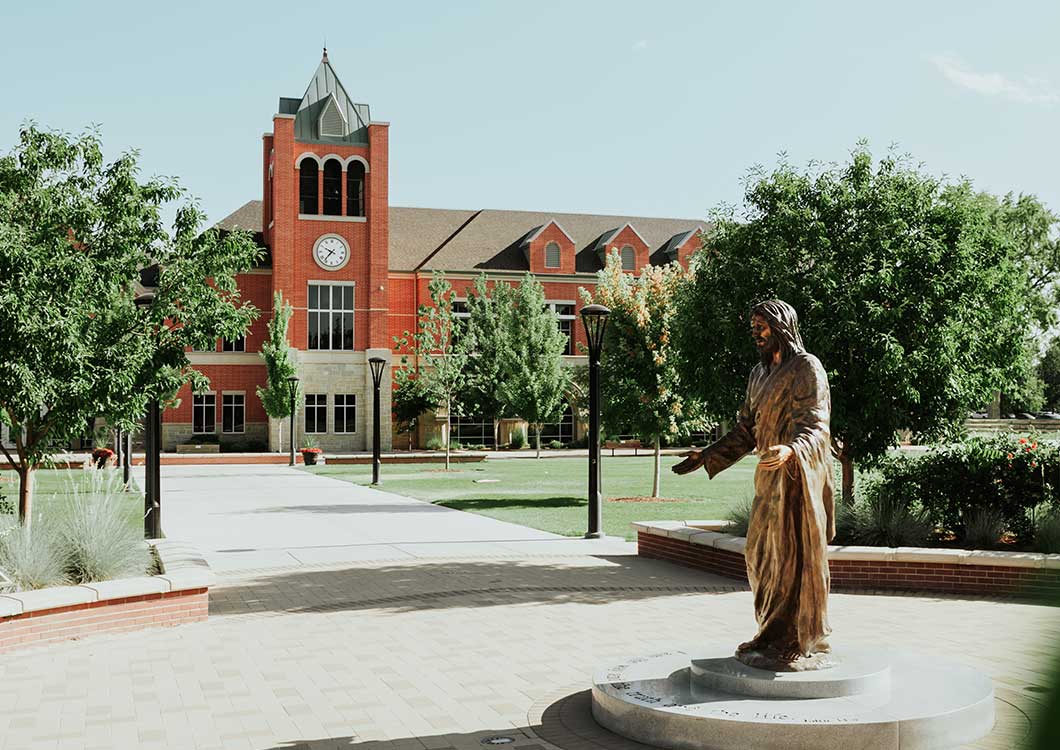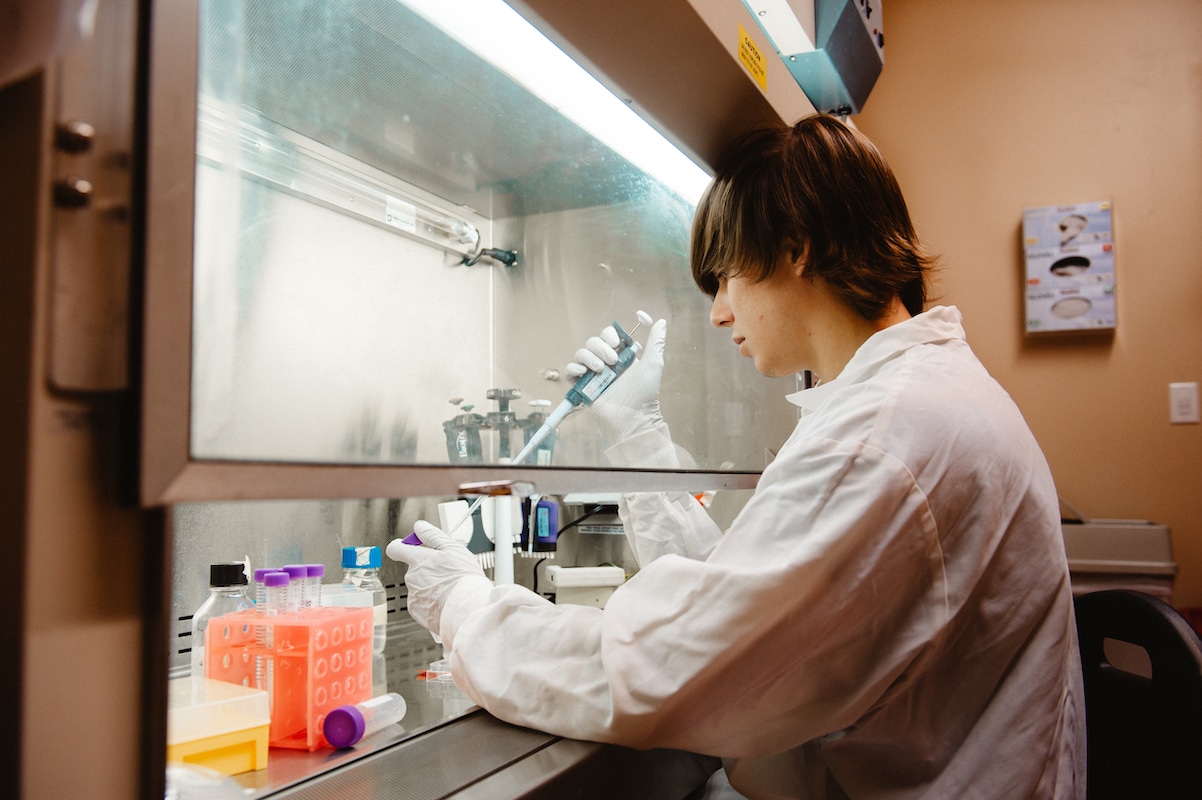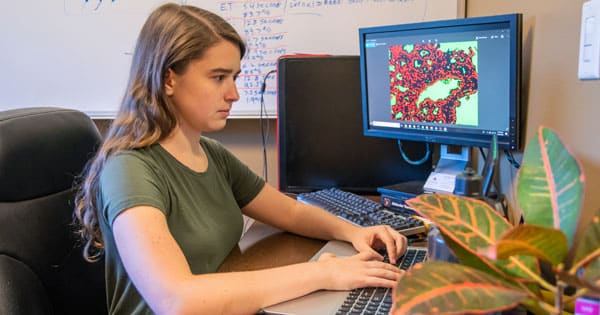208.467.8361
chemistry@nnu.edu
Bachelor of Arts
Bachelor of Science
NNU’s Bachelor of Arts in Chemistry typically emphasizes a broader liberal arts education alongside the study of chemistry, allows for more flexibility in choosing elective courses outside the chemistry discipline, is great for students interested in combining their study of chemistry with other fields of study and may be a good fit for students interested in careers that involve chemistry but also value a well-rounded education in the liberal arts.
NNU’s Bachelor of Science in Chemistry is more specialized and focuses more intensively on the study of chemistry and related sciences. It requires a greater number of credits in chemistry-specific coursework, including labs, mathematics and science requirements and is geared toward students who intend to pursue careers or graduate school in chemistry or related scientific fields.
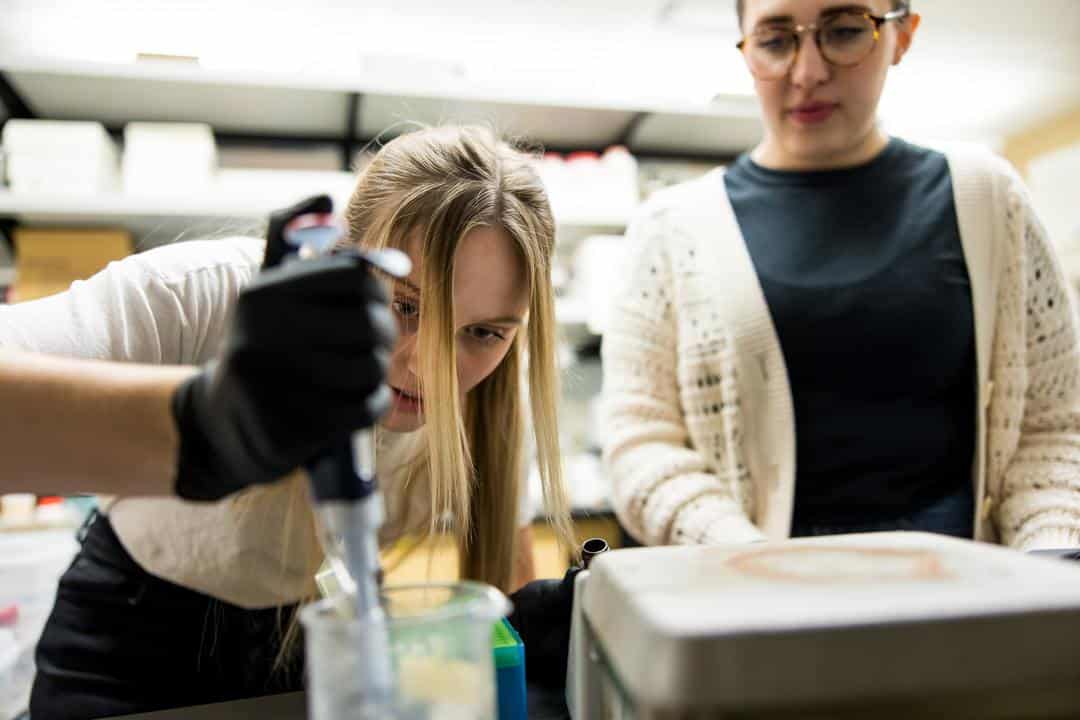
- SUMMER research opportunities.
- WORK CLOSELY with faculty mentors.
- CLASSES OFFER ACCESS to modern instruments and laboratory techniques.
About Chemistry BS
NNU’s Bachelor of Science degree in Chemistry is a multidisciplinary degree focusing on broad chemistry fundamentals. Students may choose an emphasis area in general chemistry, biochemistry, environmental chemistry or pre-medical chemistry. To make sure the student’s education includes much more than a textbook, NNU professors focus on hands-on learning in labs and offer summer research opportunities with professor-student collaboration, allowing students to begin to participate in this field throughout their academic careers. This degree prepares students to enter careers based on chemistry in industry, medicine, research, academics and forensics.
About Chemistry BA
NNU’s Bachelor of Arts in Chemistry degree is an undergraduate academic program that combines the study of chemistry with a broader liberal arts education. In this program, students will receive a well-rounded education that includes coursework in chemistry along with studies in the humanities, social sciences and arts.
degree details
Bachelor of Arts
Bachelor of Science
Offered On Campus

career paths
Metropolitan and nonmetropolitan area occupational employment and wage estimates for the Boise area are sourced from U.S. Bureau of Labor Statistics.
